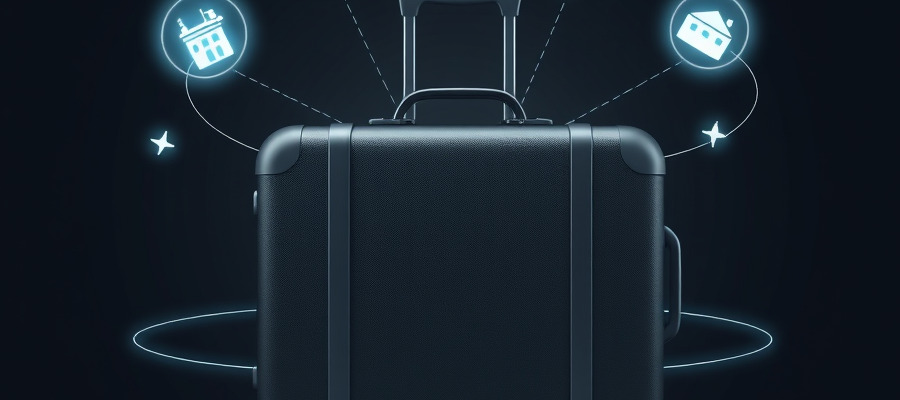How to Automate Customer Support Without Losing the Human Touch
Balance automation and personalization in customer service.

How to Automate Customer Support Without Losing the Human Touch
In today’s fast-paced business world, customer support automation is no longer a luxury, but a necessity. However, the fear of sacrificing the personal touch often prevents businesses from fully embracing its benefits. The key is to find the right balance – to automate where it makes sense, and humanize where it matters most. This article delves into how you can leverage customer support automation effectively while ensuring your customers still feel valued and understood.
The Benefits of Customer Support Automation
Before diving into how to humanize automation, let’s explore why it’s so crucial.
- Increased Efficiency: Automation frees up your support agents to handle complex issues that require a human touch. This leads to faster resolution times for simpler queries.
- 24/7 Availability: Automated systems like chatbots can be available around the clock, providing instant support to customers regardless of the time or day.
- Cost Reduction: Automating repetitive tasks can significantly reduce your support costs.
- Improved Consistency: Automation ensures consistent responses and quality of service across all interactions.
- Data-Driven Insights: Customer support automation tools provide valuable data on customer behavior, common issues, and support effectiveness.
Strategies for Humanizing Customer Support Automation
Here are key strategies to strike the perfect balance between automation and human interaction:
1. Implement Smart Chatbots
Chatbots are often the first interaction a customer has with your support system. Make sure your bot:
- Has a clear persona: Give your chatbot a name, a purpose, and a personality that aligns with your brand.
- Offers seamless transitions: Always provide an easy option to connect to a human agent if the chatbot can’t resolve the issue. Don’t let customers get stuck in an endless loop.
- Uses conversational language: Avoid robotic responses and focus on natural-sounding language.
- Personalizes the experience: Where possible, use the customer’s name and refer to their past interactions.
- Knows its limitations: Don’t try to make the chatbot do everything. Focus on handling common queries and connecting customers to human agents when necessary. Consider integrating your chatbot with knowledge base articles.
2. Personalize Automated Responses
Beyond chatbots, personalization can transform automated emails and responses.
- Use customer data: Integrate your CRM to include customer names, purchase history, and other relevant information in your emails and automated messages.
- Segment your audience: Tailor your responses based on customer segments (e.g., new customers, loyal customers, etc.).
- Follow up thoughtfully: If an issue is resolved, send a personalized follow-up email asking for feedback.
- Proofread everything: Errors in automated messages can damage your brand’s reputation. Always review your messages.
3. Leverage AI for Agent Assistance
AI isn’t just about replacing agents; it can dramatically improve their efficiency and effectiveness.
- Provide suggested responses: AI can analyze the conversation and suggest pre-written responses, saving agents time.
- Automate internal workflows: Use automation to route tickets to the correct agent and prioritize urgent requests.
- Offer real-time insights: Provide agents with customer data and sentiment analysis during live chat sessions.
4. Empower Your Human Agents
Automation should free up agents to focus on complex and emotionally charged issues. Make sure that your human agents:
- Have comprehensive training: Equip your agents with the knowledge and skills to provide excellent customer service.
- Develop empathy and active listening skills: Encourage agents to connect with customers on a personal level.
- Have the authority to resolve issues. Empower them to take ownership of the customer’s problem.
- *Provide feedback to improve automation. Agents can provide insights on which automation tools are ineffective or need improvement. Support agent feedback can help improve your customer support automation strategies.
5. Continuously Monitor and Optimize
Customer support automation is not a set-it-and-forget-it process. Regularly monitor your automated systems and customer feedback.
- Track key metrics: Monitor metrics like customer satisfaction (CSAT), Net Promoter Score (NPS), and resolution times.
- Analyze chatbot conversations: Identify areas where your chatbot struggles and improve its responses.
- Gather customer feedback: Use surveys, feedback forms, and social media monitoring to understand how your customers perceive your automated systems and overall customer experience.
- Make adjustments: Adapt your automation strategy based on customer feedback and performance data.
Tools for Customer Support Automation
Several tools can assist you in automating your customer support while maintaining a human touch. Some of the most popular include:
- Chatbot platforms: Many platforms are available, such as Intercom, Zendesk, and Drift
- Help desk software. Explore platforms like Help Scout, Freshdesk, and Zoho Desk.
- CRM Integrations: integrate your customer support automation efforts with tools like Salesforce and HubSpot.
Conclusion
Customer support automation provides significant advantages, but the key to success lies in prioritizing the human connection. By implementing the strategies outlined above, you can create a support system that is both efficient and empathetic. This balance will not only improve customer satisfaction but will also strengthen your brand’s reputation and drive long-term loyalty. Embrace automation intelligently and empower your team to provide exceptional customer service, and you’ll create a win-win situation for both your business and your valued customers.



